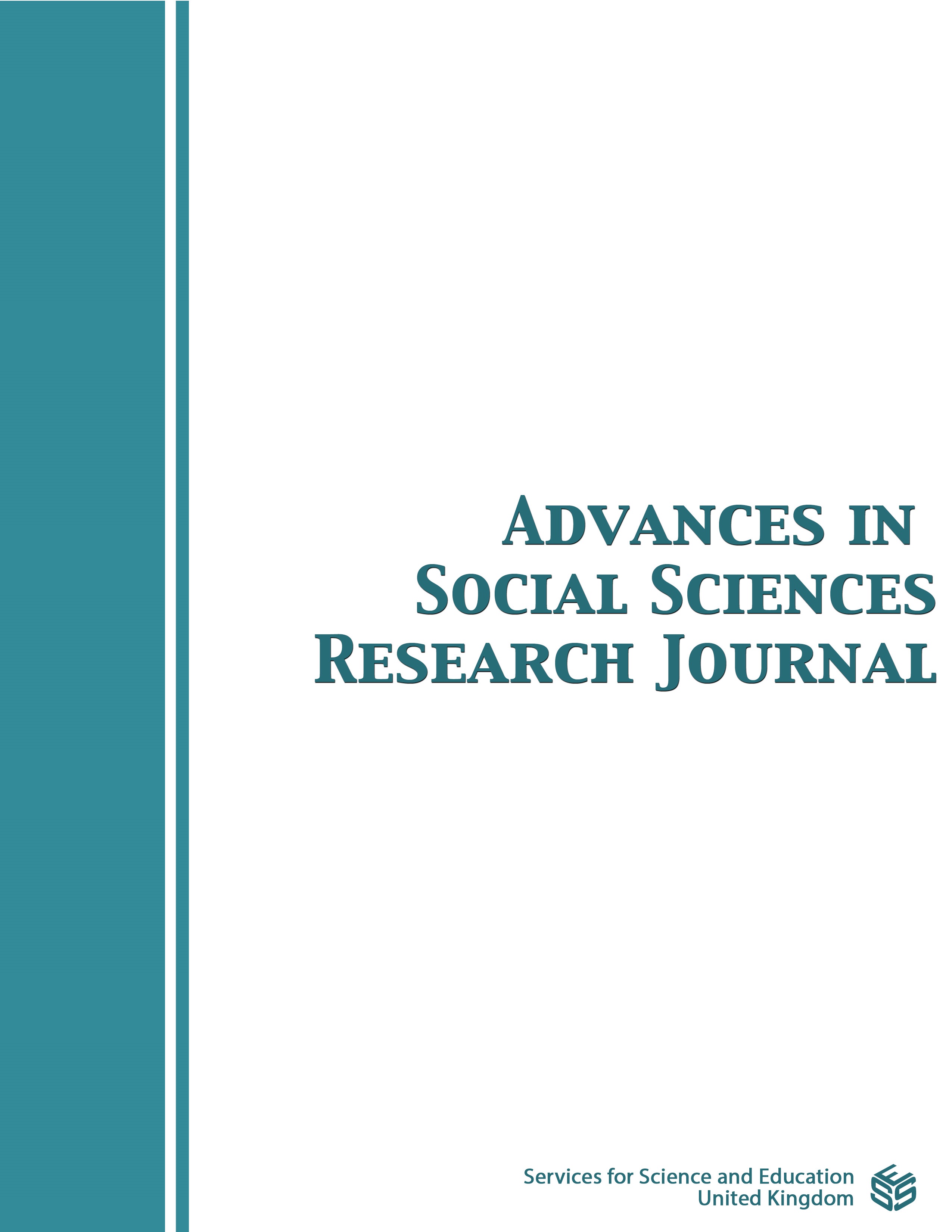Code-switching in Intercultural Communication and English Language Teaching
DOI:
https://doi.org/10.14738/assrj.87.10486Keywords:
code-switching; intercultural Communication; English language teaching; implicationsAbstract
Code-switching is the interplay between two languages. Code-switching happens when the speakers switch between two or more languages or linguistic varieties in the context of a particular discussion or conversation. Many people engage in code-switching or mixing practises by speaking a different language and their mother tongue when talking with other individuals who comprehend various languages. There are multiple reasons why people tend to code-switch during interaction with others. One important reason is that people consciously and unconsciously code-switch because they want to fit in. Code-switching is also implied in the language teaching context, where L2 learners cod switching between their mother tongue and the other language to get involved in the learning process. The practice of code-switching in Foreign language classroom has been examined thoroughly in the literature. This paper will introduce the concept of code-switching, its types and the reasons for code-switching. It will offer some implication of code-switching in English as a second or foreign language (EFL) classroom.
Downloads
Published
How to Cite
Issue
Section
License
Copyright (c) 2021 Samar Alharbi

This work is licensed under a Creative Commons Attribution 4.0 International License.
Authors wishing to include figures, tables, or text passages that have already been published elsewhere are required to obtain permission from the copyright owner(s) for both the print and online format and to include evidence that such permission has been granted when submitting their papers. Any material received without such evidence will be assumed to originate from the authors.






